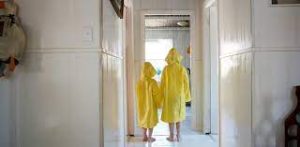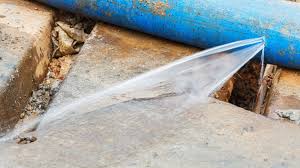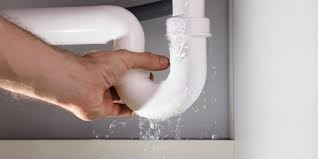 June 2021
June 2021
Keeping the rain out of your home requires that all parts of your building façade – roofs, walls, windows and doors – work together. All should be durable and aesthetically pleasing while providing strength and rigidity. A building façade controls water penetration, vapour transmission, air movement, heat flow, light transmission, solar and other radiation, noise transfer and fire within its structure. Heat and air flow between the building and outdoors is controlled to ensure maximum comfort. All are interrelated.
When any one part fails all are affected.
Building materials shrink and swell over time because of daily and seasonal changes in temperature and moisture content. Sealants fail in windows and doors allowing water in contrary to design considerations. Solutions range from spot repairs to complete replacement. In large buildings, when windows are replaced using coated and tinted materials to reduce heat loss and gain, there can savings by using smaller boilers and chillers.
Water vapor condenses on low temperature window and sill surfaces and can adversely affect durability and stability of most building materials. Insulation within window frames help to mitigate the problem by keeping interior frame temperatures warmer. Dehumidification systems, used to keep a building as dry as possible, can prevent condensation and reduce overall energy use.
Water vapor and air movement throughout a building can introduce contaminants, pollution, spores and combustion particles to areas where they can be dangerous or damaging. Air and water leaving a building carries heat. Heat recovery systems prevent this and reduce the cost of maintaining a building at comfortable temperatures. Controlled air and water flow prevents building envelope failures while impacting on health, safety and energy management.
Retrofits, adding or changing components that did not exist when first built, are often not intended to control the amount of air escaping from a building or equipment. Caulking may be an inexpensive solution.
Our climate and seasons require mechanical systems to allow us to live comfortably in high-rise buildings. Those that make best use of natural air movement offer the best energy management. Ventilation fans can be powered by solar panels and small wind power generators. Building automation systems try to keep heating, cooling and inner air inside to maximize health, comfort and energy efficiency.
Properly controlling water vapour and air movement within a building leads to improved energy efficiency, greater occupant comfort, and fewer building maintenance issues.
Jon Juffs is Director, Condominium/Strata Group, at McIntosh Perry. Jon co-authored the book “Reserve Fund Essentials” a tell-it-like-it-is resource for condo owners, managers, and professionals involved with capital repair planning in co-owned property environments. He can be reached at j.juffs@mcintoshperry.com or (905)856-5200.







